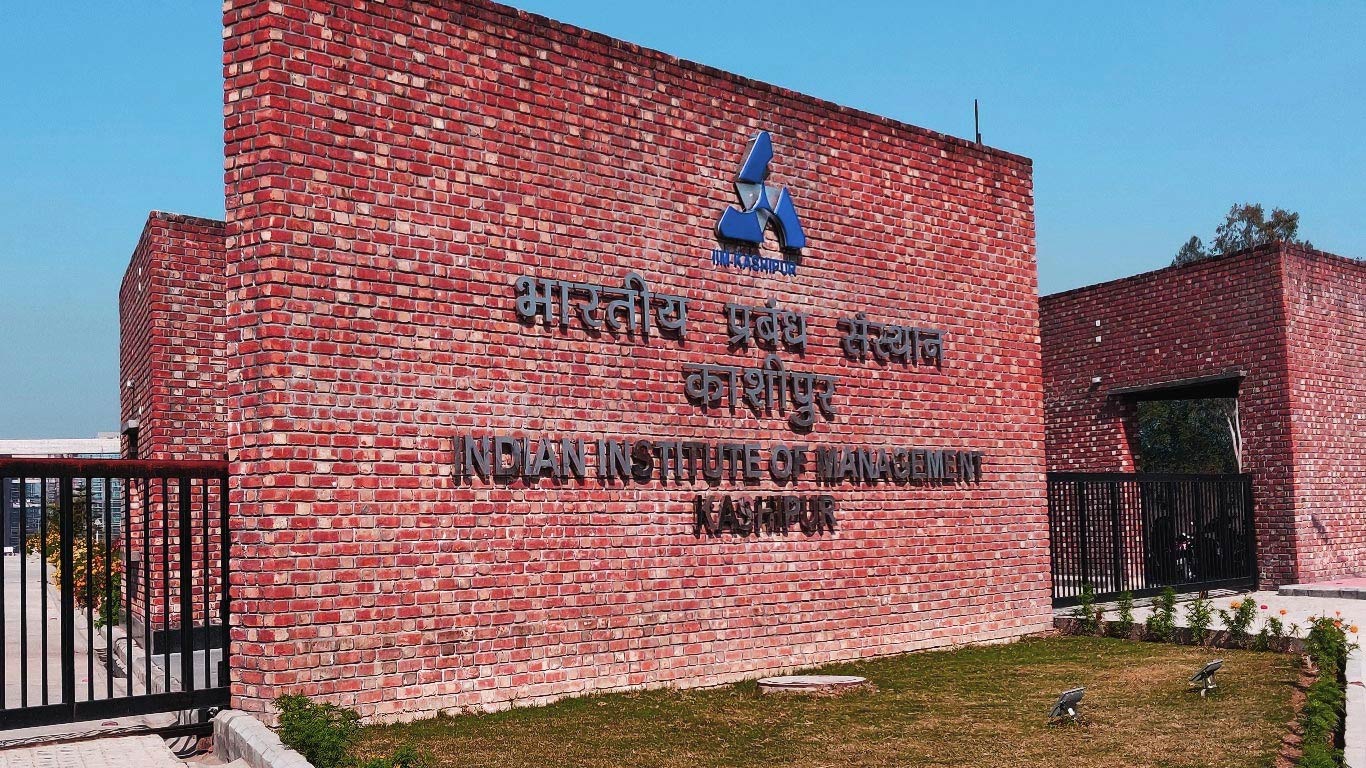5 mn jobs lost during high growth years; time to link jobs with economic expansion: Study
Updated: Aug 25, 2015 01:04:26pm

On the one hand, about 13 million youth are entering the labour force every year , on the other hand, the gap for the employment and growth got only widened during the period of study which noted that over-emphasis on services and neglect of the manufacturing were mainly responsible for this “jobless growth” phenomenon, said a study conducted by Assocham.
The Indian economy went through a period of “jobless growth” when five million jobs were lost between 2004-05 and 2009-10 while the economy was growing at an impressive rate of more than eight per cent annually. According to the Census India data, the number of people seeking jobs grew annually at 2.23 per cent between 2001 and 2011, but growth in actual employment during the same period was only 1.4 per cent, leaving a huge gap in the form of unemployment.
Paradoxical it may seem, India’s “demographic dividend” is also a “demographic cross " as the new generation youth is more demanding and aspirational. “This large work force needs to be productively engaged to avoid socio-economic conflicts,” ASSOCHAM Secretary General D S Rawat said.
He said the changing demographic patterns suggest that today’s youth is better educated, is probably more skilled than the previous generation and also is highly aspirational.
Experts argue that the growth of manufacturing will be the key for growth in income and employment for multiple reasons. For every job created in the manufacturing sector, three additional jobs are created in related activities. The other is that manufacturing in India is scalable and has higher labour absorption in comparison to services.
In a services-driven economy, which contributed 67.3 per cent (at constant price) to the GDP but employed only 27 per cent of total working population in 2013-14, enough jobs will not be created to absorb the burgeoning workforce.
In 2013-14, the manufacturing contributed 15 per cent to the GDP and employed about the same percentage of total workforce, demonstrating that the sector has a better labour absorption means compared to services, the study noted. (KNN Bureau)











